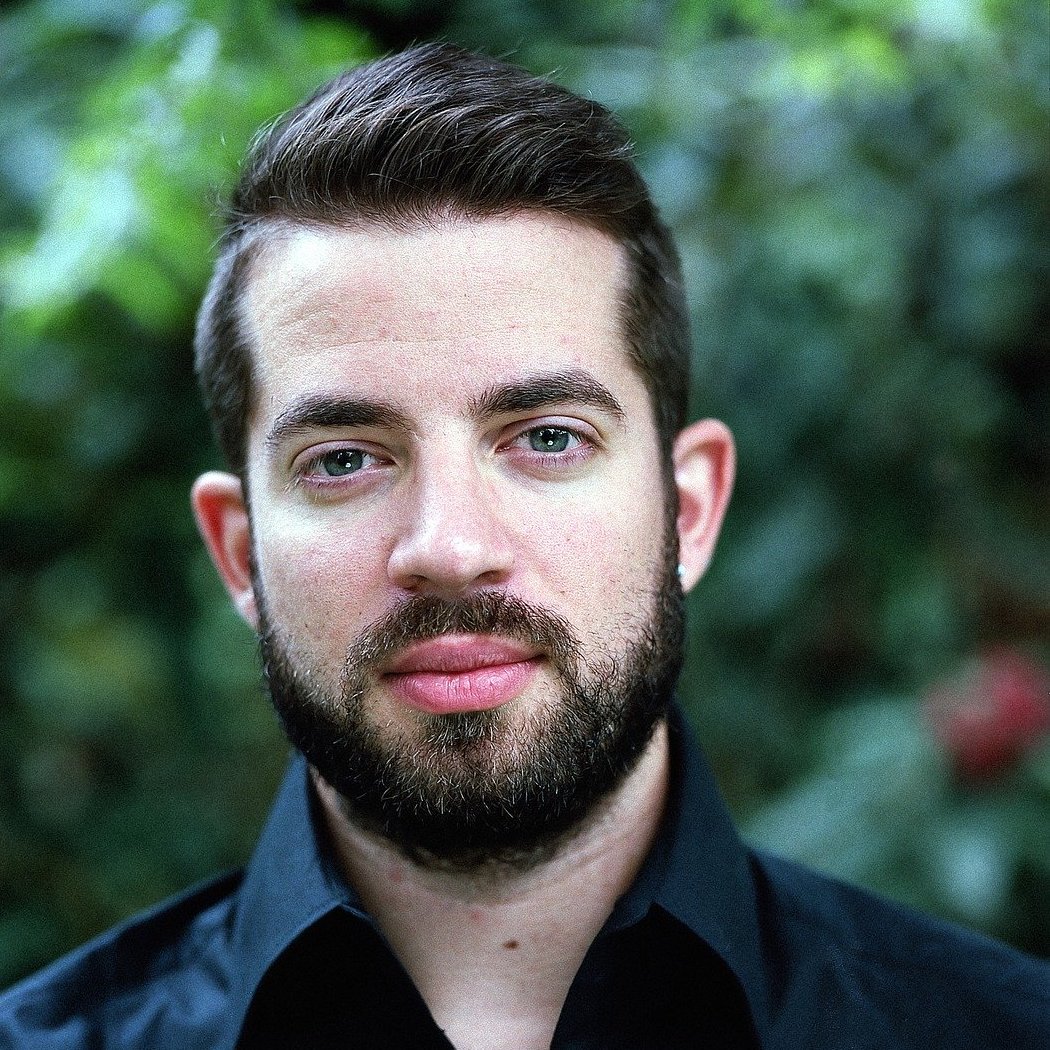Catherine
An Author Profile

By Matt McKeown
St. Catherine of Siena was undaunted by her own status and that of others, following her conscience alone.
❧ Full name and titles: Caterina di Jacopo di Benincasa [; see our pronunciation guide for details], TOSD; best known as “St. Catherine of Siena” in English
❧ Dates: 25 Mar. 1347-29 Apr. 1380
❧ Areas active: Republic of Siena (modern north-central Italy)
❧ Original language of writing: Medieval Italian (Tuscan dialect)
❧ Exemplary or important works: Il Dialogo Della Divina Provvidenza (“Dialogue on Divine Providence”)
The twenty-ninth of April is the feast day of St. Catherine of Siena for Roman Catholics, and two months after that will be the five hundred and sixtieth anniversary of her canonization. How did this woman, a simple dyer’s daughter in raised in a plague-ravaged Italy, who barely lived past her thirty-third birthday, become one of the first two women to be given the title “Doctor of the Church”?
Contrary to popular belief, Catherine was not a nun: although she was a tertiary member of the Dominican Order, tertiaries are laypeople who continue to live in the secular world rather than entering the cloister. She stubbornly refused to marry—a choice which would have been perfectly acceptable if she had been a nun, but, as an ordinary woman, consternated her family. She cut off her long hair, and even went on a kind of hunger strike fast, before her parents acquiesced to her decision to remain unwed. She remained at home, usually in solitude; she would later tell a close friend to “build a cell inside your mind, from which you can never flee.” Catherine practiced extensive charity, up to and including giving away family possessions to the poor without permission from anybody. By associating with the Mantellate (“the hooded sisters”), a local group of devout women, she also learned to read, and would leave behind a large number of letters, in addition to her great theological work, The Dialogue of Divine Providence.
All the way to heaven is heaven, for Jesus said, "I am the way."
St. Catherine of Siena (attributed)
This Dialogue is a mystical work of the first order. Much of it, according to her later biographers, was dictated by Catherine while she was in ecstasy, a psychological-spiritual state defined by scholars of mysticism as a partial or complete withdrawal of the mind from the senses, which are replaced by a form of spiritual perception that is not normally accessible to human beings. (Whether ecstasies are miraculous or due to natural causes must, according to practicing mystics, be judged case by case and on the evidence of certain definite signs, though they give different lists of what signs to look for.) Her theology emphasized the dependence and “nothingness” of human beings before God, in language akin to that of St. Thomas Aquinas, whose work (by then a century old) she may have read or heard discussed.
Besides her personal devotions, Catherine was also involved in the political and ecclesiastical affairs of her day. Northern Italy in the fourteenth century was near chaos: hundreds of years of conflict between the Popes and the Holy Roman Emperors had split the region into a patchwork of city-states with shifting allegiances and rivalries (many of them well-known from the work of Dante), the Papacy had been moved from Rome to Avignon under the influence of the kings of France, and the Black Death had returned to Europe in the same year that the saint was born.
Catherine traveled frequently in her late twenties and thirties, calling for repentance and reform among the clergy and attempting to promote peace between Italian cities. More than once, she was asked to serve as an ambassador, both between the Italian republics themselves and between those states and the Papacy. Her work in this regard had mixed success, and was not always popular; she narrowly escaped death during a rebellion in Florence in 1378. She urged Pope Gregory XI to end the “Babylonian captivity” at Avignon and to return to the Popes’ proper seat at Rome; though the extent of her influence is unclear, he ultimately did so. But to her dismay, only a year afterward, the Catholic Church fractured, with partisans of Urban VI (the legitimately elected Pope) opposed by a group of French cardinals who returned to Avignon and elected an antipope, pseudo-Clement VII. Catherine’s last years were spent at Urban’s court, striving both in person and by letter to persuade influential people to accept his legitimacy as supreme pontiff.
When she died, devotion to her sprang up rapidly, and she was canonized after only eighty years (an exceedingly short span of time—for comparison, the martyr St. Thomas More was not canonized for four hundred years). She and her writings have remained popular ever since, and her body lies in the Roman basilica of Santa Maria sopra Minerva, a church dedicated to the Virgin Mary and built over a former temple to the goddess of wisdom.
___________________________________________________________________________________
Every week, we publish a profile of one of the figures from the CLT author bank. For an introduction to classic authors, see our guest post from Keith Nix, founder of the Veritas School in Richmond, VA.
If you enjoyed this post, take a look at some of our other material here at the Journal, like this author profile of Voltaire, this student essay on Jules Verne, this two-parter on the life and legacy of Frederick Douglass, or this list of recommended reading from Jeremy Tate’s interview with Dr. Cornel West.
Matt McKeown is a staff editor for CLT. He lives in Baltimore, enjoys whiskey, Medieval studies, and vintage horror, and owns a lovely phalaenopsis orchid that is not dead yet.